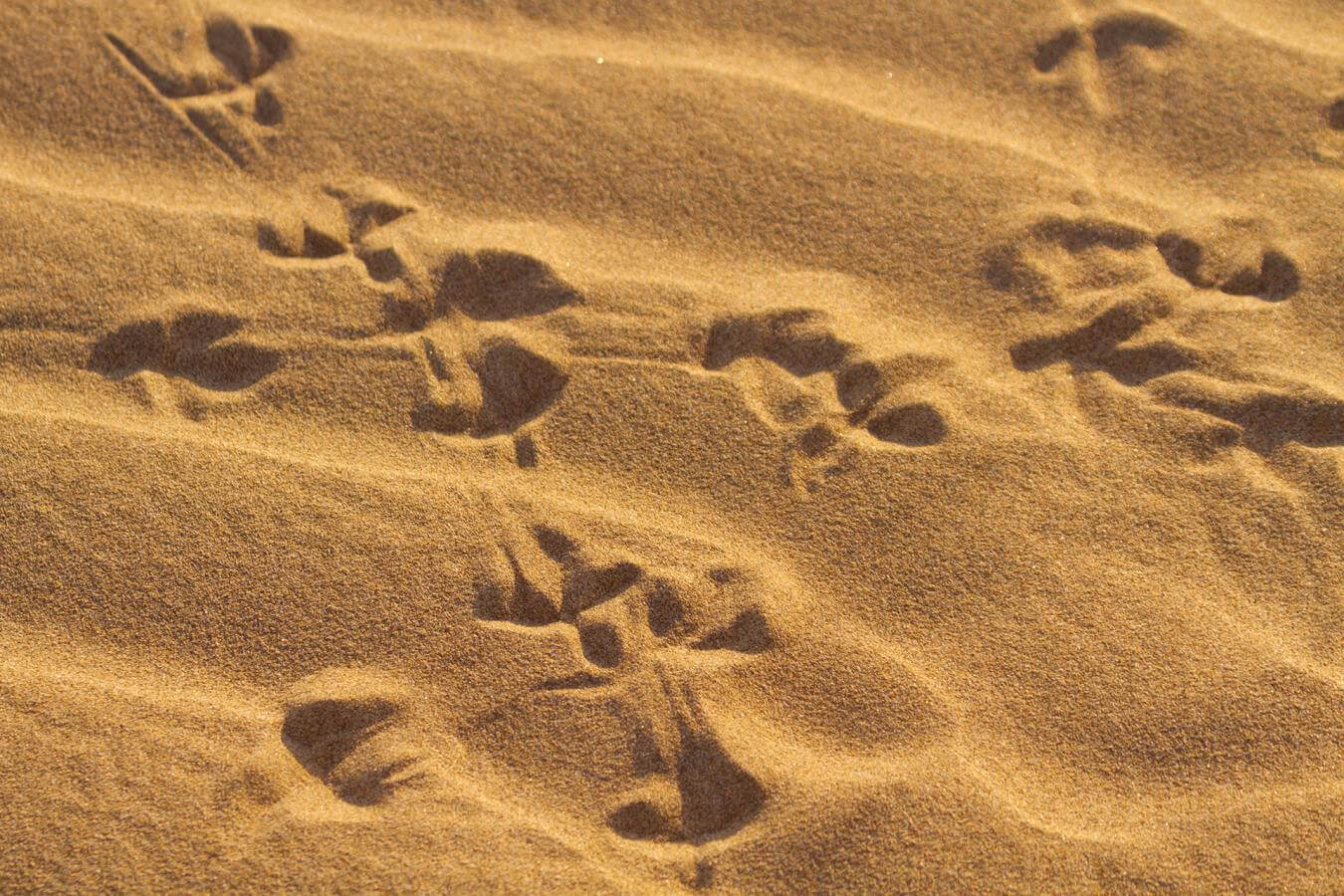In the Canary Islands there are 17,107 different types of land animals and 7,150 different marine species, who lives in a 7 Biosphere Reserves. But which is the most astonishing?
In the Canary Islands there is a great diversity of animal and plant species. The Canarian Biodiversity Data Bank has registered 17,107 types of land animal and 7,150 marine species. Approximately twenty-seven per cent of these are endemic which means that they are unique to their geographical area and therefore need special protection against extinction.
The Canary Islands has 4,200 endemic species which is more than any other region in Spain. Reptiles are one of the animal groups with the largest number of endemic species. The Gran Canaria giant lizard which can reach up to 80 cm in length is one of eighteen endemic species of lizard on the islands. This wide-boded reptile has colouration which can either be grey or green depending on its habitat. In El Hierro as well there is another giant lizard which is slightly smaller than the Gran Canaria giant lizard. The El Hierro giant lizard can measure up to 60 cm and is in danger of extinction. Luckily an action plan to protect animal numbers has been in place for decades.
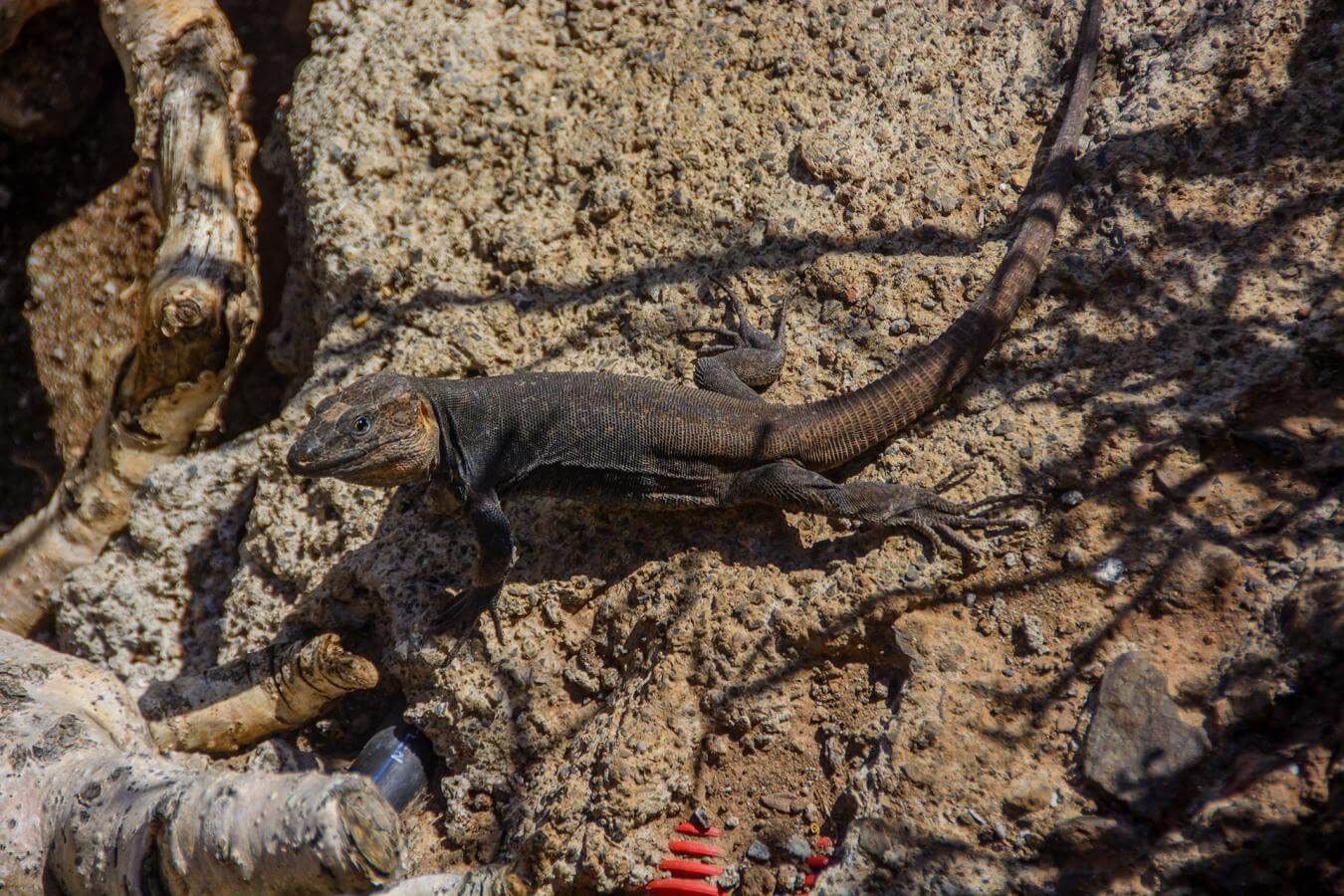



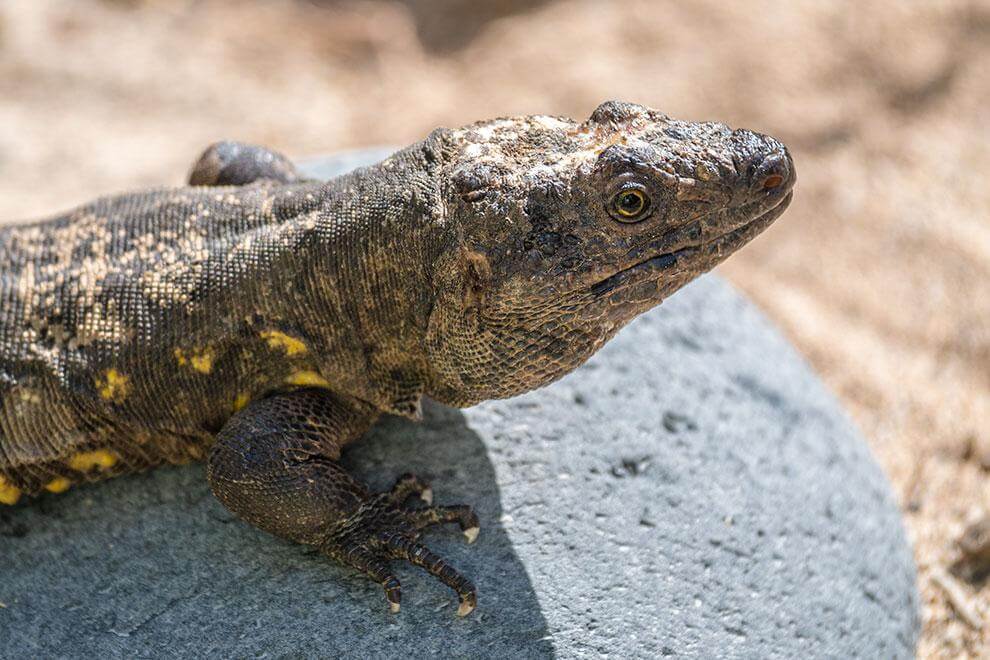

El Teide blue finch
There are several species of bird that are unique to the Canary Islands such as the Tenerife blue finch (which is also called the El Teide blue finch after the island’s volcano). With a small thick beak and robust body, these birds are known as ‘blue finches’ because of the blue feathers of the males (the females are grey). This unusual bird, which is only found on the island, has become a symbol of Tenerife. There are two species of dove which are also only present on the Canary Islands: the turqué and the rabiche. These extraordinary doves can only be found in the laurel forests of the archipelago. The brightly coloured rabiche dove is a symbol of La Gomera.
The big eared bat is also endemic to the Canary Islands. This mammal has ears that measure 4 cm which is huge when it is considered that their bodies are just 5 cm long. These furry mammals (notable for the young displaying darker hair than the adults) share with other bats an an intriguing way of understanding the space around them. The big eared bat has almost no sight. Instead they use the emission of ultrasound echoes to calculate the distance of objects around them. Apart from dolphins and sperm whales, bats are the only mammals to exhibit this sonar ability.
The Canary Islands also has its own crustacean, the blind crab, which can only be found on the island of Lanzarote. The densest population of these crab is in Jameos del Agua, and therefore this crab is sometimes known as a jameíto. Due to the absence of pigmentation, this unusual creature is completely white; even its small eyes are white.

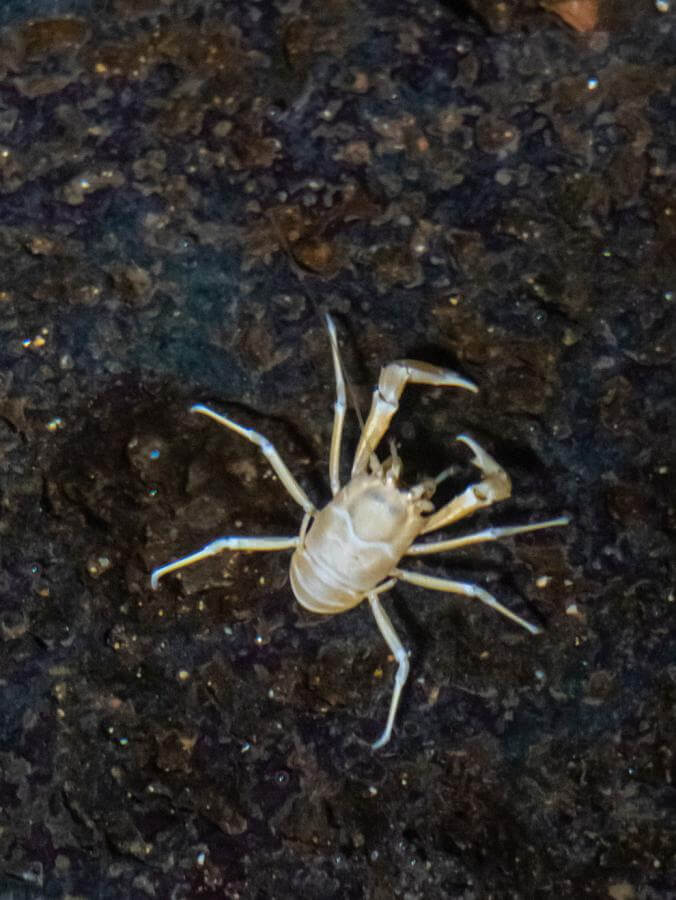

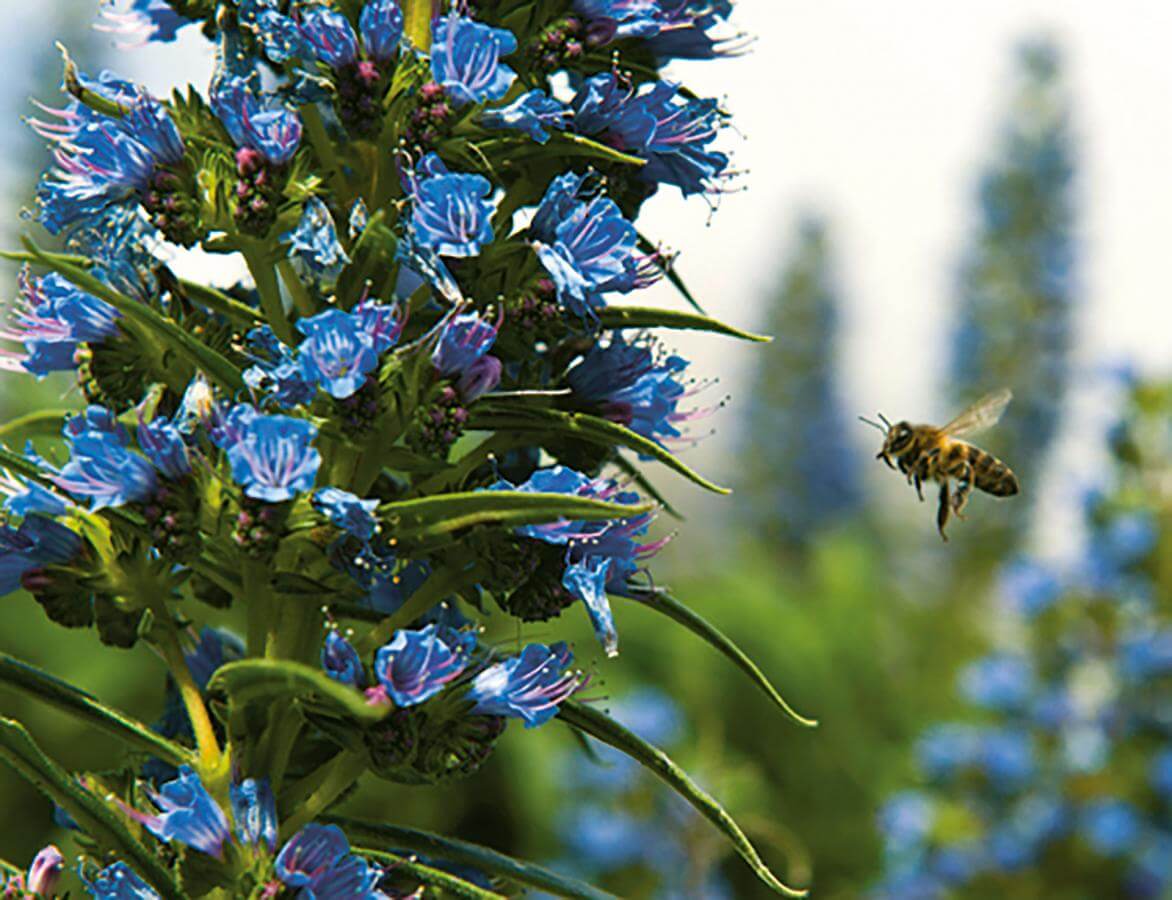
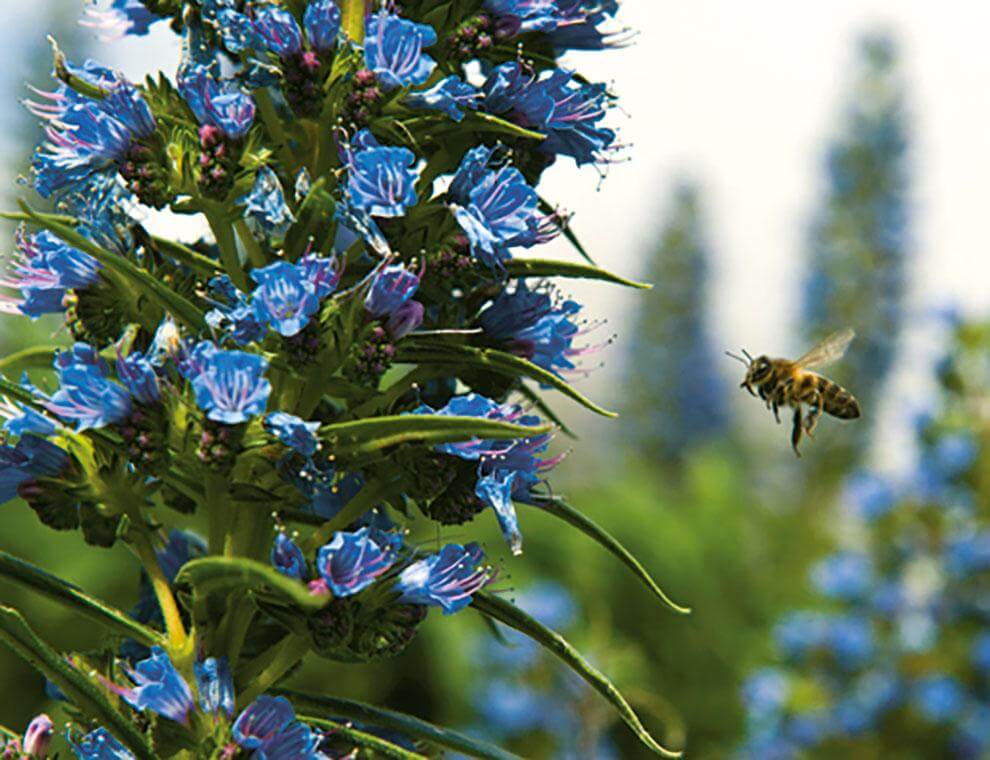


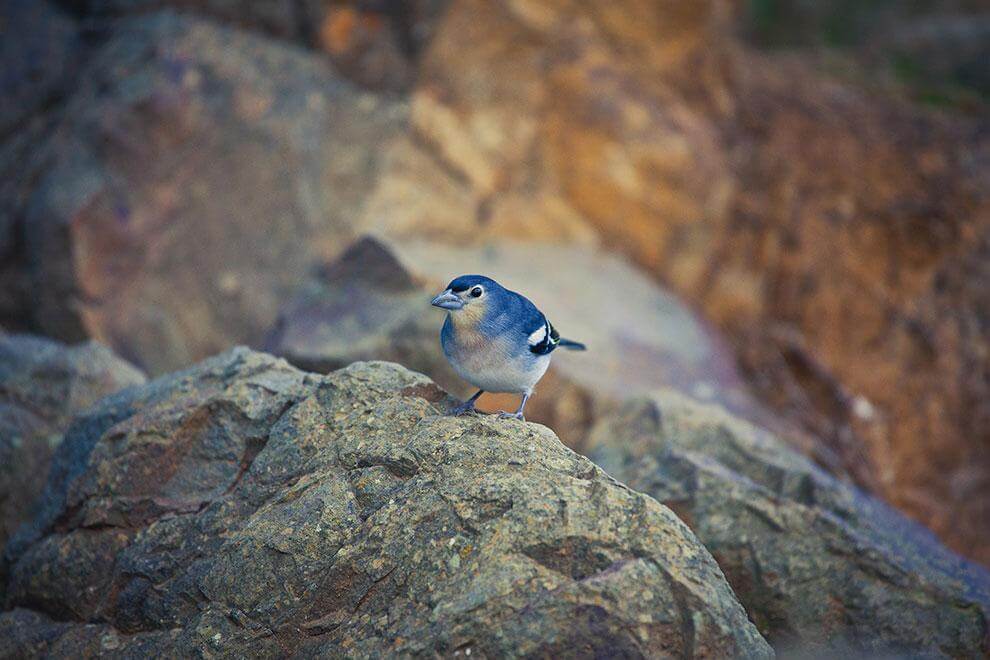

Canarian Biodiversity
The above are just a few examples of the many species which can only be found in the Canary Islands. Considering this rich biodiversity, it is unsurprising that the archipelago is a popular destination for naturalists and scientists who wish to see at first hand the unusual range of species. The Canary Islands is a global benchmark for natural diversity, and it must be protected. Ongoing care and attention will be vital for the islands to shield its array of species in danger of extinction.
Luis Suárez, the coordinator of conservation for the Spanish branch of the World Wildlife Fund, explains: “In the Canary Islands around five per cent of the species of the fauna are under threat of extinction. This percentage rises to eighty per cent in certain animal groups. On a global level, in less than fifty years we have lost sixty per cent of the population of fish, amphibians, reptiles, birds and mammals on the planet. Invasive species, the deterioration of habitats and overexploitation are big threats; but the greatest enemy is climate change.”
Suárez goes on to outline how in order to reverse this devastating development the WWF works to put nature conservation at the centre of the political agenda: “We have set ourselves the goal of reversing the downward curve in biodiversity whilst making sure that all beings live with dignity. We promote recovery plans for endangered species and support the designation of protected natural spaces.”
